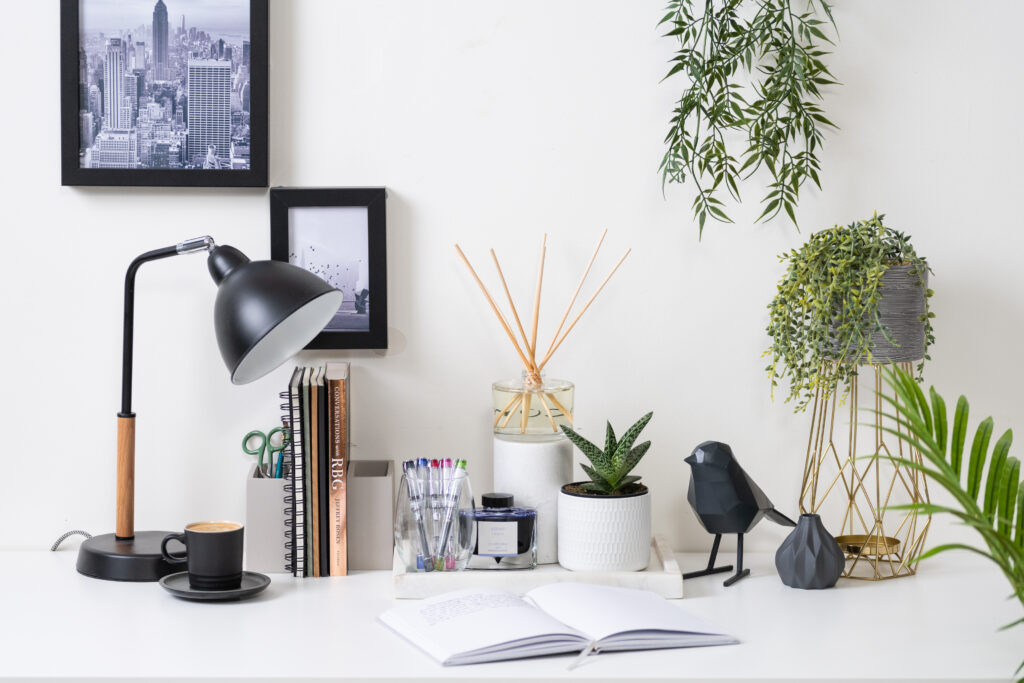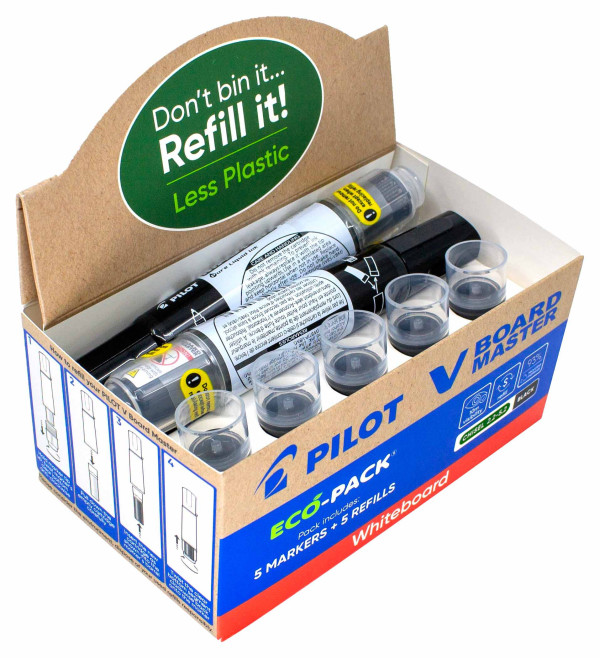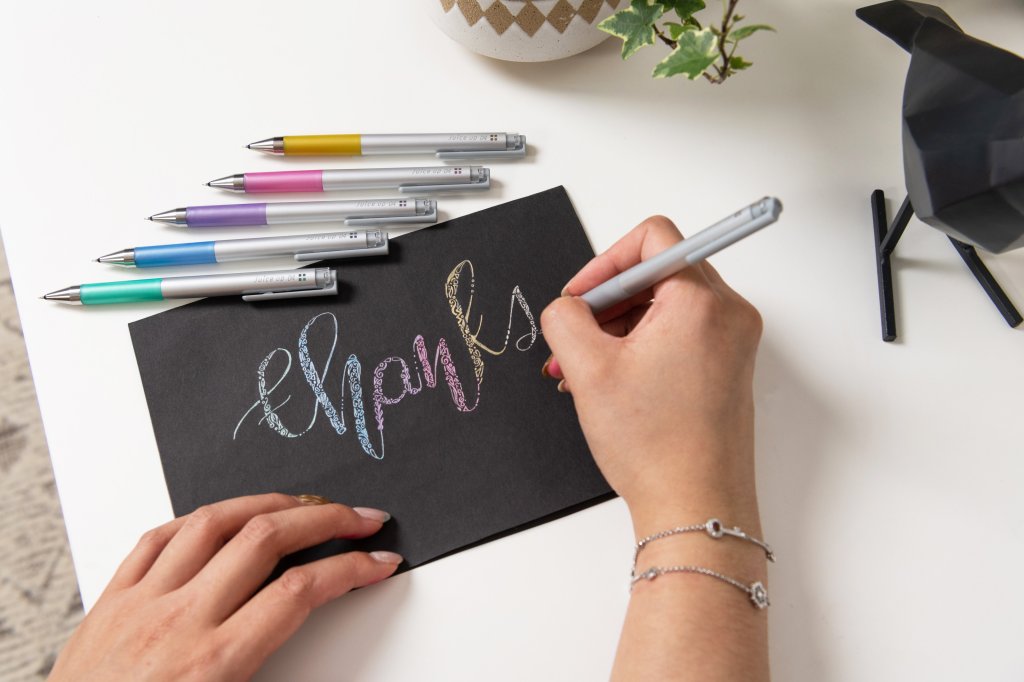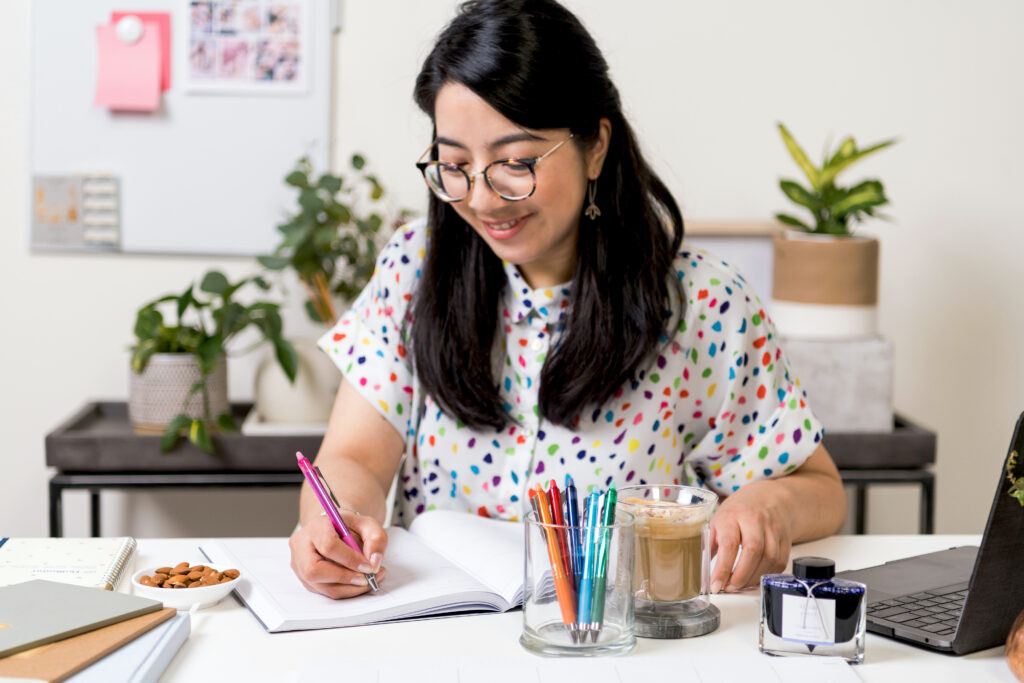According to gratitude journalling expert, author and founder of The Self-Love Project, Eloise King, there is no right or wrong way to keep a gratitude journal. However, she says there are two methods that the research shows will get really good results:
1. Writing three things you’re grateful for each day at the same time
You only need 2-3 minutes to complete this activity yet doing it at the same time each day has a lot of benefits. Early mornings as the first activity you do is great for setting the tone for the whole day, while the last thing of the day in the evening can also be good for encouraging happy, restful sleep. If there is another time that works best for you though do it, the important thing is that you’re scanning your past 24 hours for new and specific things to feel grateful for.
2. Freewriting about an event you’re grateful for
Simply sit and journal in as much detail as possible about one experience you feel grateful for that you’ve had over the past 24 hours. You can do this once a week, three times a week or every day.
 Here are some of Eloise’s other tips for how to practice the simple, yet highly effective, art of gratitude journaling:
Here are some of Eloise’s other tips for how to practice the simple, yet highly effective, art of gratitude journaling:
1. Be specific – “I loved the moment the smell of the roasting coffee beans hit the back of my nostrils when I walked into my local cafe this morning” will be more powerful than “I’m grateful for my local cafe.”
2. Go deep – Find more and more details about an event or person you feel grateful for rather than a long list of superficial and less meaningful things.
3. Be relational – Focusing on people to whom you are grateful has more of an impact than focusing on things.
4. Be novel – Refrain from repeating your gratitudes. If you find yourself writing about the same person or thing often, find a new detail or element to focus on.
5. Pay attention to surprises – Unexpected gifts or moments of goodness generate stronger levels of gratitude than those that are expected.
6. Feel it – The important thing is to generate a feeling of gratitude. Not just intellectually noting things that are good.
7. Get the right tools – Use a beautiful notebook or your favourite pen, whatever brings you more joy for the exercise. PILOT’s Prera fountain pen is lovely to write with, and their FriXion Point Knock pen with erasable ink is also great as you can use different colours depending on your mood and also easily rewrite anything you want to change.
8. Don’t turn it into a chore – Studies show that writing less often (1-3 times a week) can sometimes be more beneficial than daily journaling if it begins to feel like a chore.
About Author
Eloise King
Eloise King is the founder of Souluversity (an online educational institution) and The Self-Love Project (a six-week online program), both of which are aimed at helping busy people create more balance, happiness, authenticity and meaning in their lives. A former journalist educated in psychology, psychotherapy, anthropology and neuroplasticity; Eloise has worked alongside the likes of Deepak Chopra, Wayne Dyer, Dr Joe Dispenza, David Avocado Wolfe and more.







